Like several other people with a hankering for contaminated wet snow, I’ve spent the weekend having a look around Tom Clancy’s Mathematics Challenge: The Division. In this particular installment of Clancy-maths, the number puzzle is “how many heavily armed militia-men will fit into one collapsing Manhattan?”
The answer is lots.
This beta cut around the game’s actual introduction, so I’m not entirely clear on what the full story is here, but a terrible virus has swept through New York (and, one assumes, other areas of the country) leaving the city in chaos. Far as I can remember from prior trailers, the infection is spread through monetary transactions; so that’s a nicely class-agnostic disease, and one that might even have a bit of in-built commentary on consumer culture.
In truth though, the real social commentary emerges from the game giving players violent license to stop rioters who are looting a store … and then encouraging them to pilfer crafting supplies from the exact same building. Or from dropping players into a competitive ‘Dark Zone’ and watching them shoot each other for a beanie hat with slightly higher stats.

Well okay, but don’t immediately get gunned down in the street for it or anything.
In The Division’s version of wintry Manhattan, the streets are open to factional warfare, the few visible civilians are desperate for a spare soda, and players are part of a semi-official military presence trying to restore some kind of order. That means taking on a variety of third-person-cover-shooter missions to scavenge necessary supplies and suppress dissident elements. In the course of doing so, you’ll gain experience points (and attendant abilities) and find bits of different coloured gear with higher numbers on them than your present bits of gear.
Before we get further into that, let’s make a quick detour into PC options and performance. In case you’ve not yet seen The Division’s hearty selection of graphic tweakables, here they are.



Option to turn off chromatic aberration? 10/10 GOTY.
The values you see there (High-Medium, basically) are pretty much what I used throughout the beta. I didn’t get too deep into performance tweaking at this stage. In part because it’s a beta (so that’s bound to change one way or the other), and in part because most changes required a time-consuming game restart.
With the options above, my i5-6600 / 16GB RAM / 4GB R9 380x box was sitting in the mid-to-high 50fps range most of the time. When things got especially busy (normally in open streets in heavy snow) it would plop down to the high 40s. There was the occasional weird dip to the 30s, but I think those tended to be at disguised loading points. Climbing down a ladder to enter some inevitable sewers, for example.
I’m assuming that the frame-pacing was pretty good, because despite the fact that I wasn’t locked at 60 things like camera motions and aiming (which rely on a consistent smoothness) felt fine. I wasn’t running into any headshot-ruining stutters.

Shooting people inside a hospital is, I assume, against the basic principles of the Hippocratic oath.
Aside from an early bug when neither of my mouse buttons were working (restarting the game solved that oddity) and the unforgivable oversight of not having any of the emote functions bound by default, I found the keyboard and mouse controls preferable to their gamepad equivalents. Mouse aiming in a shooter is, of course, hugely beneficial, and there was nothing awful among the other keybinds (which can be altered) to nudge me toward a controller.
Other than a few borderline incidents (you tap G to ready a grenade for lobbing, and hold the same key to bring up a radial grenade-type selection menu) there isn’t really any of that annoying ‘doubling up’ of keyboard functions either.
Snapping into (and moving between) cover in The Division feels relatively fluid. Some of the animated transitions are a bit clunky, but the breadth of movement adequately supports the light-RPG shooting systems. This is the type of game where shooting a fellow in the head will make some numbers fly out rather than killing them outright. Regular opponents at your level or below will take several shots to kill. Named foes with additional armour bars can eat up multiple clips of ammo. Skill plays a part (after all, you still need to aim), but your damage output is ultimately going to depend on what level of weapon you’re using.
None of the enemies I ran into during three hours or so of solo play managed to do anything particularly dynamic to shift me from cover. A few would run directly at me with melee weapons (or a close-range flamethrower), sometimes one of them would decide to throw a grenade (if they weren’t interrupted into dropping it at their own feet by some timely gunfire), but getting around my cover didn’t seem to be a high AI priority. Of course, these were all low-level, early game goons, so that’s perhaps to be expected.

Dog Fascination Simulator 2016.
If the AI don’t step up their tactics for the finished game, players will have to visit the competitive ‘Dark Zones’ to find their challenge. These cordoned off areas of Manhattan are where the best pieces of gear are apparently to be found (along with a special Dark Zone currency and vendors), but are also populated by AI enemies who can deal, and take, much more damage. Dark Zones are also populated by the worst foe of all: your fellow player.
Unlike the co-operative external missions, where friendly fire isn’t a problem even if you opt to run through with some pals, the Dark Zone ethos is “anything goes”. The best pieces of gear need to be airlifted out through special extraction points, but calling the helicopter for pick-up basically broadcasts this fact to the entire area, and actually getting stuff on the chopper takes a little while too. This is the perfect moment for your new nearly-possessions to be hijacked; either by external forces, or by one (or more) of the people who may have been helping you out a moment ago.
Shooting fellow Division ‘agents’ (which, whether by design or not, can happen quite easily at the moment: they’re not terribly well distinguished from potential threats) gets you marked as a rogue and effectively puts a bounty target on your head. But that might be worth the risk if you can scarper with some delicious weaponry.
As with pretty much every competitive multiplayer game, there are concerns about ruthlessly efficient (or just outright cheating) rogue death squads ruining things for everyone. This may or may not turn out to be a legitimate worry, but it’s worth noting that for the purposes of the beta Ubisoft has intentionally squashed players into a smaller than usual Dark Zone area. That’s bound to have upped the frequency of unpleasant player encounters. They’ve also mentioned that there will be more NPC spawns and events in the finished version, so that too will change the dynamics and balance of play.

It pains me to commit acts of violence against one with such a splendid purple health bar.
If Dark Zone treasure hunts don’t appeal, most of your time in The Division will presumably be spent doing single player (or co-op) missions and encounters. There was really only one ‘main’ story mission present in the beta; a hostage rescue at a hospital. Again, this is seemingly an early mission, so the simplicity may not be entirely damning, but the structure was incredibly familiar. It was the usual third-person cover shooter set up of some large, cover-strewn encounter rooms connected by linear corridors. You do get Garrus from Mass Effect in your ear warning you of new approaching enemies though. So that’s something.
Side missions were plentiful, and were variations on the ‘clear out some enemies from this zone’ or ‘fetch this thing’ themes. The main incentives in both cases were experience points, possible gear upgrades, and supplies with which to upgrade your friendly neighbourhood bases’ medical facilities. Medical was one of three (the other two being Security and Tech) base areas available for upgrading in this beta. Gather enough of the correct supply type, and the associated department can be improved in various ways.
Adding a Clinic to the Medical area, for example, meant I could now equip and use a first aid ability. Two character abilities can be selected at any given time (and swapped out on the fly). I spent most of the beta using a handy pulse (providing improved damage for a limited period, and a highlight of nearby enemies) and the aforementioned first aid as a freebie source of healing. Things like remote-detonated bombs and ballistic shields were also on offer down other skill lanes.
There was nothing particularly wrong with any of the beta side missions, but they also fell short of the creativity and variety in level design needed to sustain this kind of structure throughout a full-length game. Let alone into the kind of long-term “game as service” proposition Ubisoft desire it to be. Again though, this could be a result of their early-game nature.

Who knows though, maybe in the full game we can upgrade this playground and delight some precocious children.
The big problem with reaching any sort of meaningful conclusion in preview coverage is that you often cannot be sure where a game might end up upon release. In the case of The Division, I’m a bit worried that I do already see signs of where the title is putting most of its emphasis: the repetition of simple actions in pursuit of improved gear. Hopefully I’m wrong and there ends up being much more engagement between premise and mechanics than presently meets the eye. At the moment, the widespread infection back-story feels like a convenient excuse to leave New York’s streets largely deserted, and ensure that 95% of the people you meet are armed opponents. Beyond your vendors and mission handlers, there wasn’t a great deal of characterisation on show.
It’s a fine rendition of architectural Manhattan, with great sound design, a suitably customisable modern-Ubisoft UI, and some atmospheric weather effects. But that’s in danger of being delightful set dressing for central systems that send players out on a never-ending series of familiar third-person cover shooter missions (or the admittedly more inventive Dark Zone runs) in search of a level 25 orange rucksack. For some, that promise of randomly assigned loot always provides enough of a drive; but there are countless others who require the additional motivational push of a strong narrative (as in The Witcher 3), or the thrill of some unique, clever mechanics. The Division may well end up delivering those things, but, if it cannot, interest in the title may drift away like another flurry of snow on the wind.

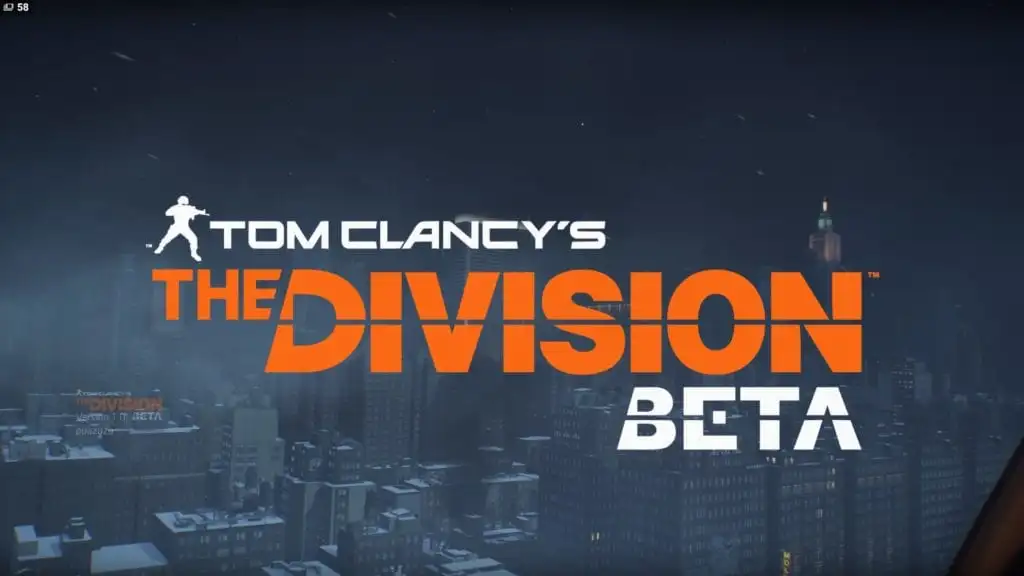
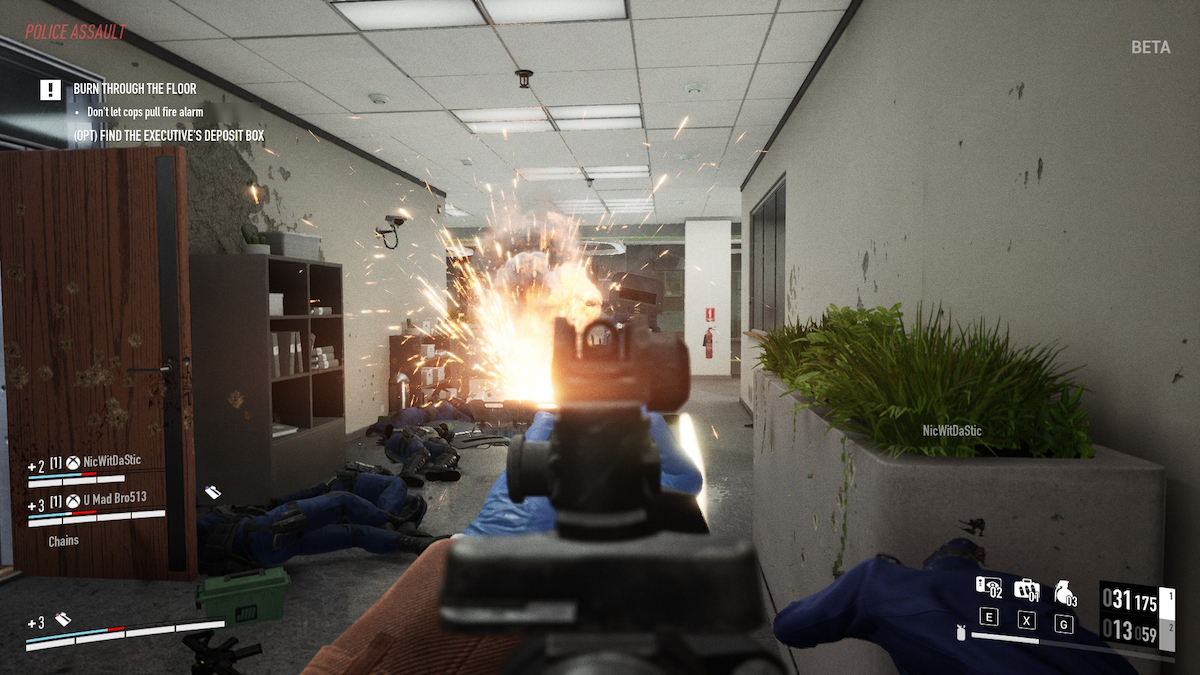
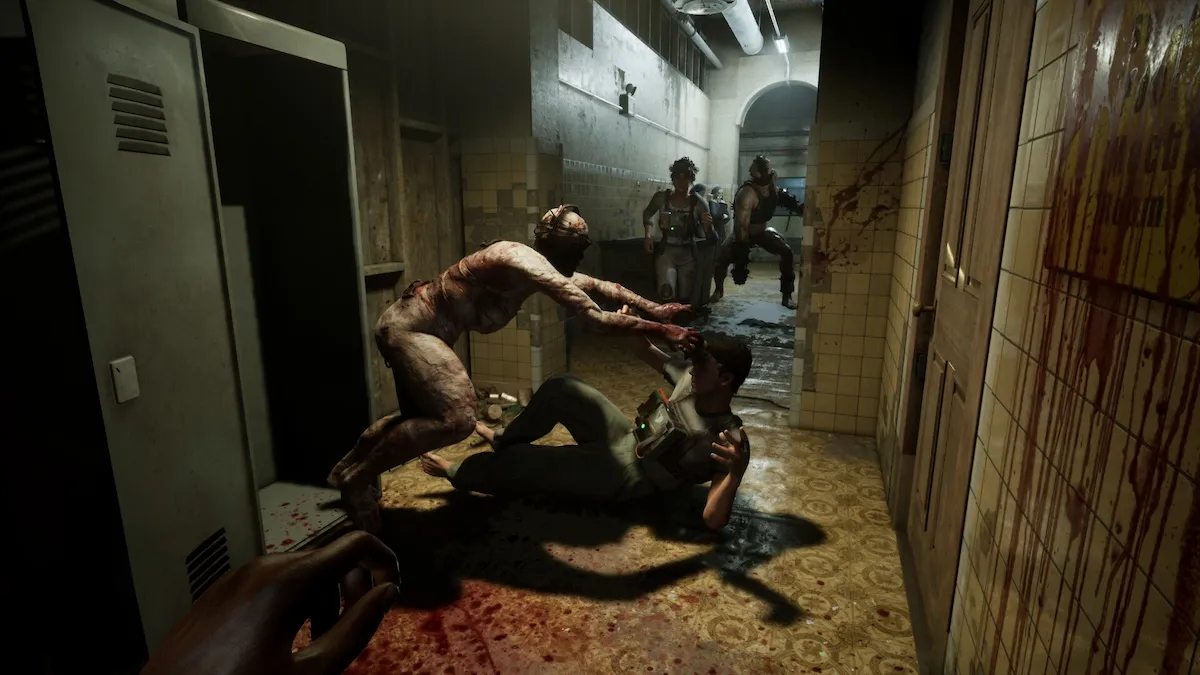
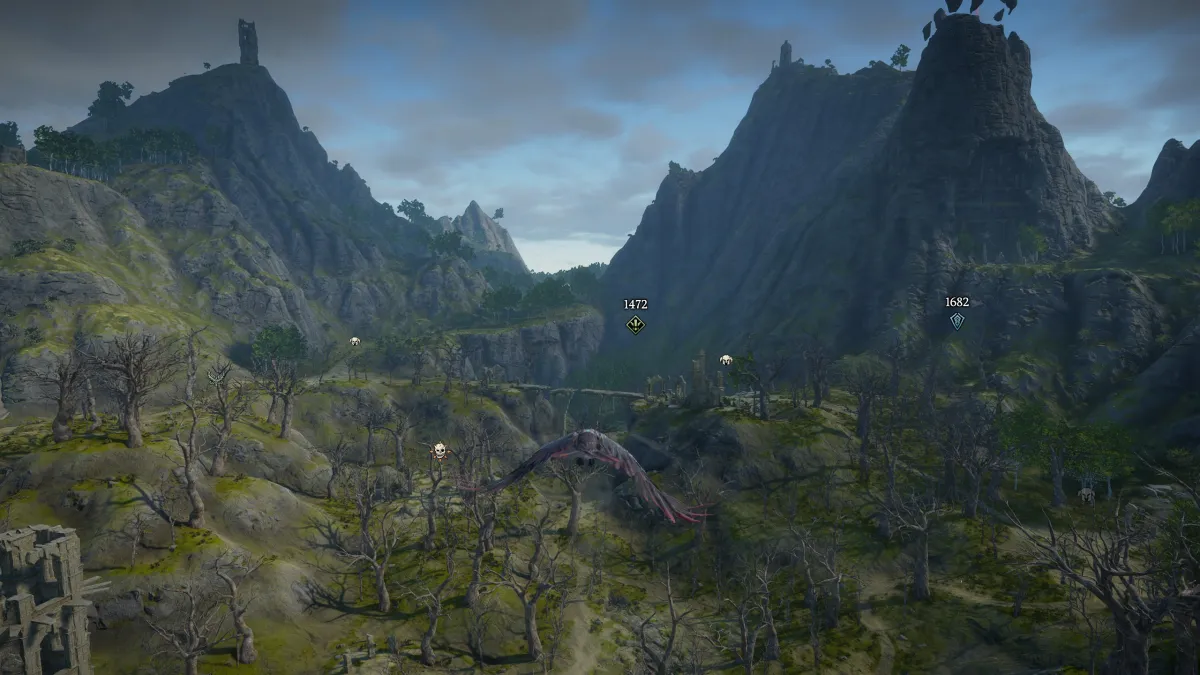
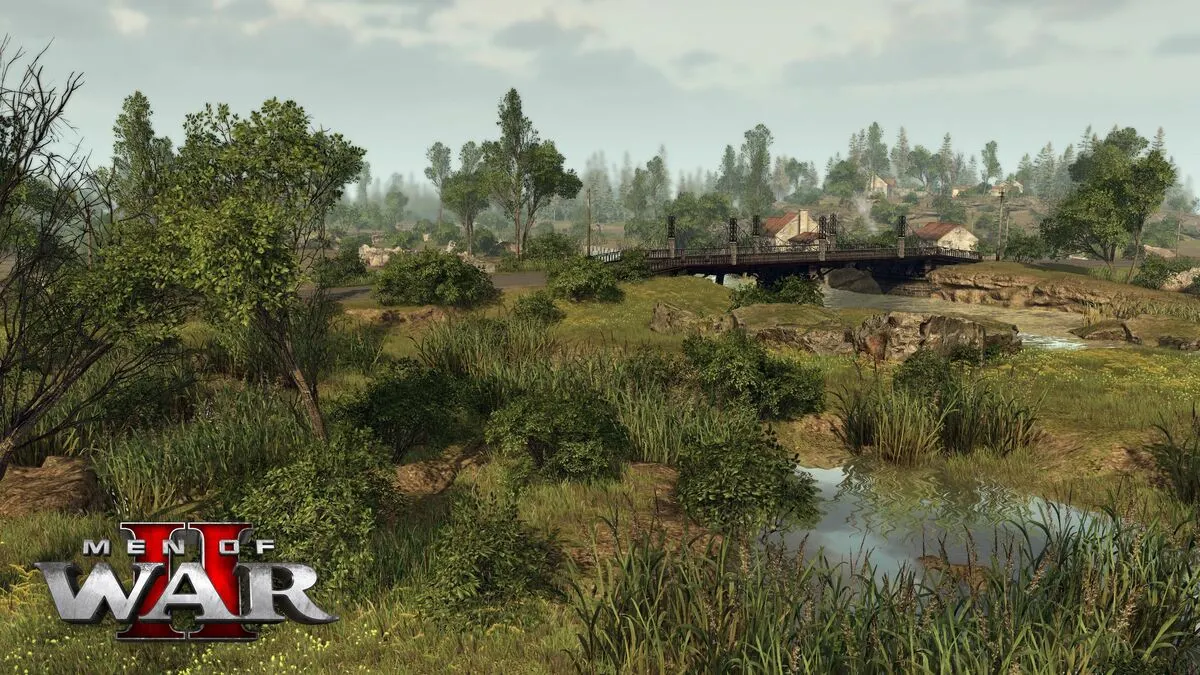
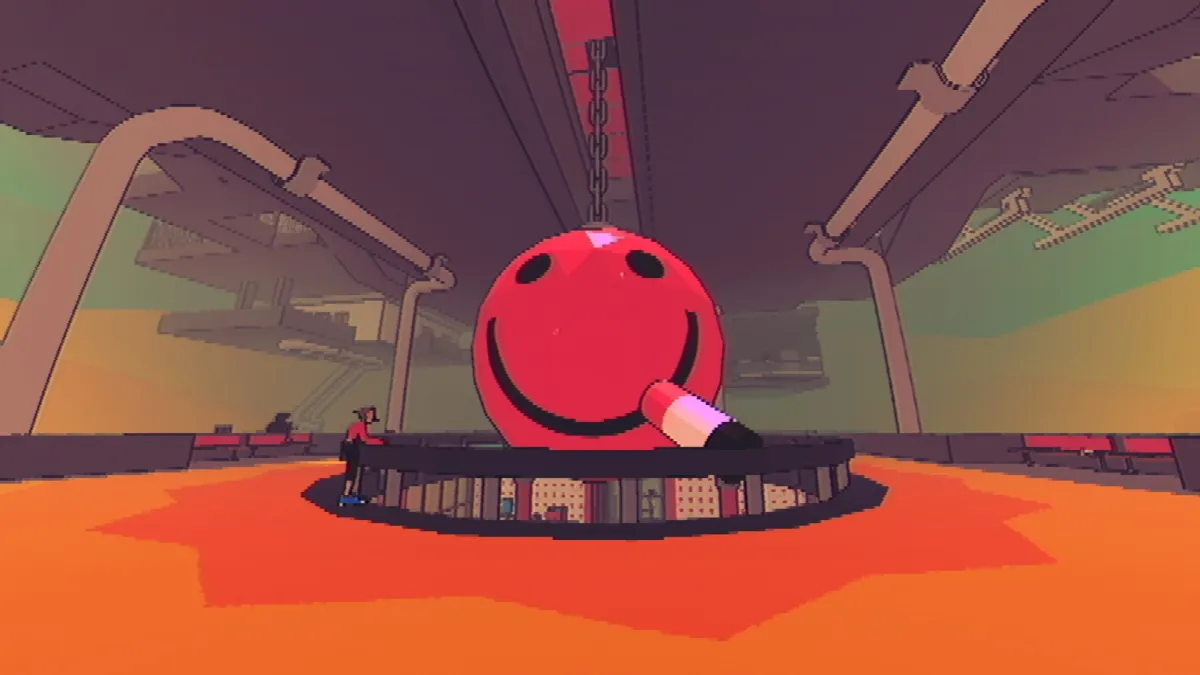
Published: Feb 1, 2016 09:00 am